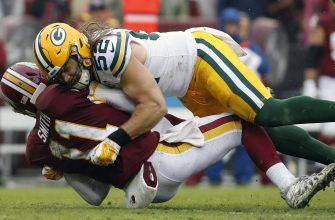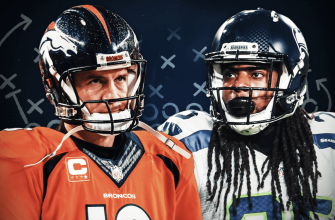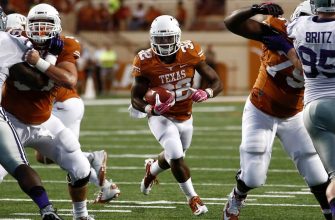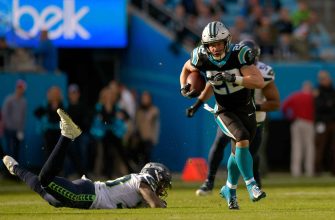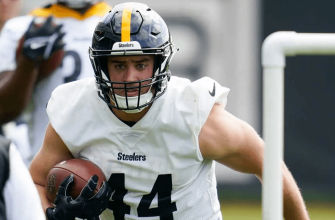Every minute in football is a clash of skill, strategy, and strength. But just how many of these electrifying minutes comprise a typical football game? Whether you’re a budding enthusiast trying to wrap your head around the game or a veteran fan looking for a refresher, this article explores the dynamics of time in football and the factors that determine the length of a game. Buckle up as we plunge into the world of play clocks, timeouts, halftime, and overtime!
Duration of a Football Game
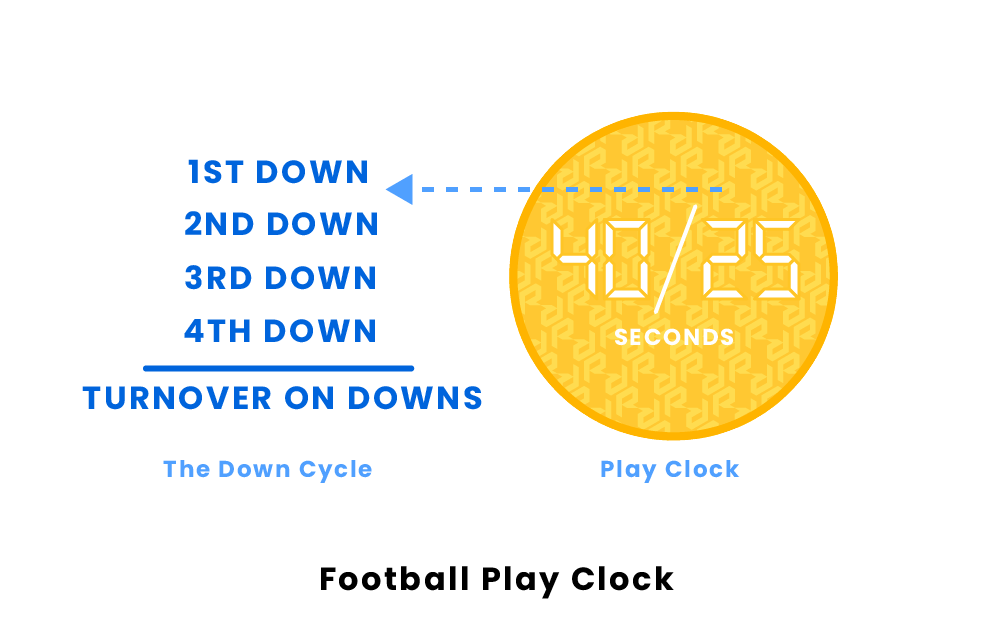
To understand the duration of a football game in the NFL, explore the average length and factors affecting it. The average length of a football game in the NFL can vary based on several factors. Find out what influences the length of a game and how it can impact your experience as a fan or viewer.
Average length of a football game in the NFL
NFL football games generally last for around three hours. This includes four quarters of play, halftime, timeouts, and breaks between plays. However, penalties, challenges from coaches, and TV timeouts can make the game longer.
Interestingly, football games have become longer over time. Earlier games were shorter due to various rules and regulations. As strategy has changed, there are more stoppages and longer commercial breaks, resulting in an increase in average game length. The only way a game could be played with a deflated morale is if they run out of replacement footballs.
Factors affecting the length of a football game
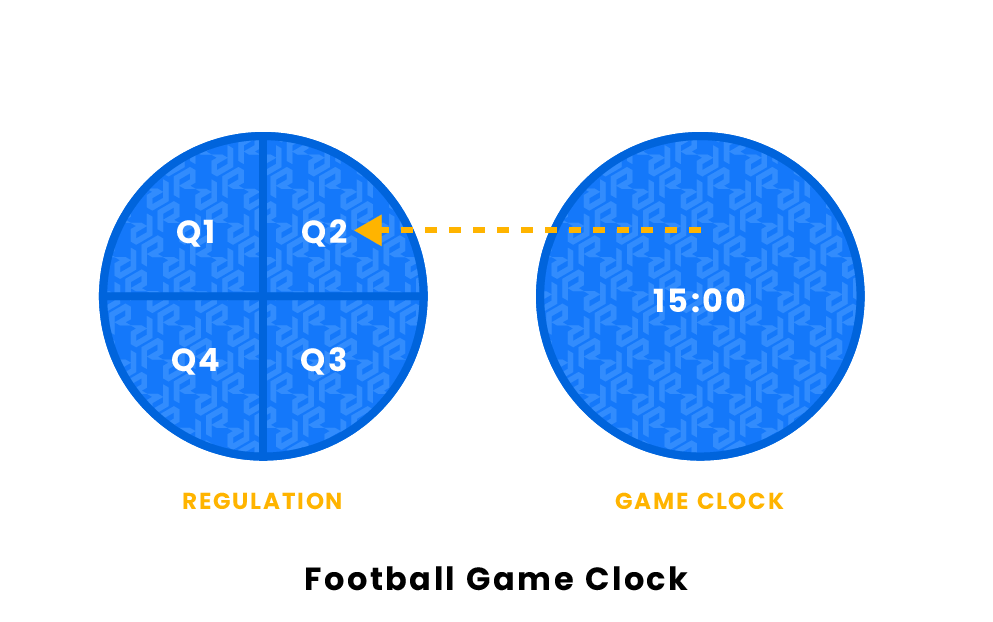
Data analysis and match-watching reveal several factors that affect how long a football game lasts. These include TV breaks, injury time, substitutions, and fouls/free kicks.
Did you know? The first England vs. Scotland match in 1872 went on for two hours without any time regulations.
So, when you watch a football game, remember:
- TV breaks can add time.
- Injuries cause pauses.
- Substitutions take time.
- Fouls lead to free kicks.
These elements make football unpredictable – moments can stretch for what feels like eternity!
Game Structure and Timing
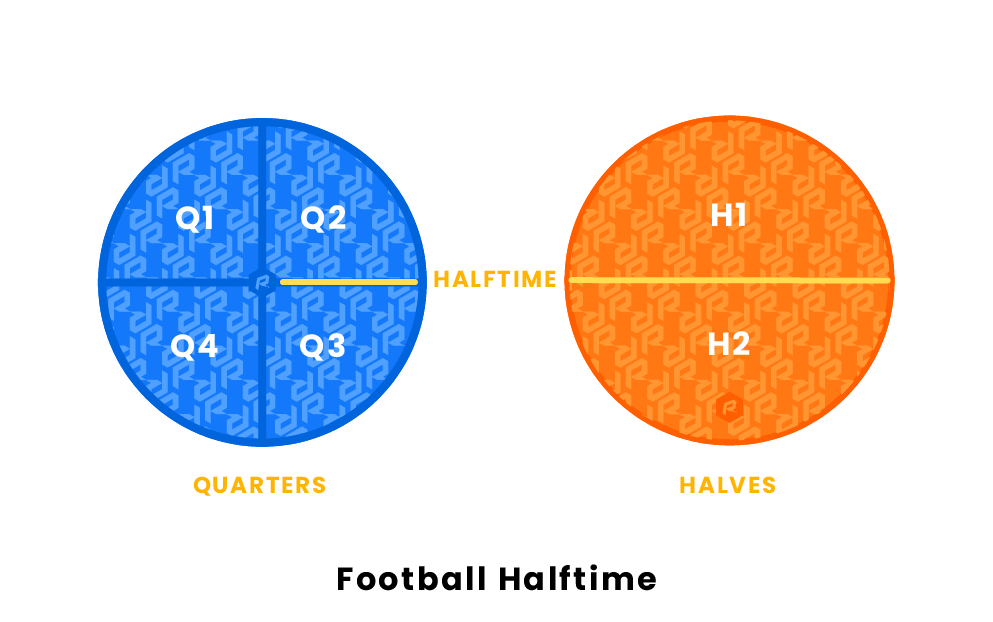
To understand the game structure and timing of a football game in the NFL, dive into the section on “Game Structure and Timing.” This section explores the duration of a football game, including the four quarters and halftime. It also covers the role of timeouts and stoppages during gameplay.
Four quarters and halftime
Professional athletes take part in four quarters and a halftime break. These structured pauses help the players to rest, think of strategies and refill their energy for the upcoming competitive phase. During these pauses, athletes and coaches get together to analyze their current state and develop tactics to beat their opponents.
A graphical table can be used to illustrate the structure of four quarters and halftime. This table shows the different segments of a game and gives an idea of the time allocated.
Here’s an example:
| Quarter | Duration (minutes) |
|---|---|
| 1 | 10 |
| 2 | 10 |
| Halftime | 15 |
| 3 | 10 |
| 4 | 10 |
We can see how teams use halftime to their advantage. It’s not just about resting, coaches also use this extended break to communicate what they have learnt from the first two quarters. Modifications can be made to strategies, matchups or play-calling to maximise performance for the rest of the game.
For instance, a basketball team was behind by double digits at halftime. Their coach spoke to the players, highlighting their strengths and reminding them of past successes. This motivation, paired with strategic changes, helped the team make an incredible comeback in the second half.
Ultimately, understanding the structure and timing of a game gives us a better idea of how athletes approach competition strategically. Four quarters and halftime create a pattern that allows for physical and mental revitalization. We can learn from data-driven tables and inspiring real-life stories, and appreciate the importance of these moments in sports events.
Timeouts and stoppages: everyone loves a suspenseful break in the action – where players can ponder their life choices and fans can ponder their restroom choices!
Timeouts and stoppages
Timeouts and stoppages are more than just typical game pauses. They can be crucial moments that alter the course of a match! Coaches and players must make use of them wisely to gain an edge and overcome obstacles in intense competition.
Team A experienced this firsthand in a nail-biting NBA Finals. With only two minutes left and 6 points behind, they called a timeout. The coach crafted a new play focused on their ailing star. When the game resumed, their perfect execution secured two baskets, tying the game with seconds left. This timeout was the pivotal moment that led to Team A’s victory.
Timeouts and stoppages also serve as strategic pauses for teams to devise plays or adjust tactics. They also give players a chance to rest and recharge their energy. Plus, they provide coaches with a chance to motivate their squad, lift morale, and tackle any issues affecting player performance.
Additionally, they are valuable for TV broadcasts too. During these breaks, broadcasters can air commercials and commentate on key moments of the game.
Television Broadcasts and Advertisements

To understand the impact of television broadcasts and advertisements in NFL games, let’s delve into how they affect game length. Explore the influence of TV broadcasts on game duration, as well as the impact of commercial breaks and timeouts. Discover the intricacies of these elements that shape the viewing experience of football games.
Impact of TV broadcasts on game length
TV broadcasts have a big effect on the length of games. They add commercial breaks and other time-consuming things to engage viewers and make money from ads. These ad slots often extend the overall length of play, with long delays and interruptions.
Networks also put ads at important moments to get more viewers. This stretches out the duration, plus pre-match shows, halftime analysis, and post-match discussions.
TV broadcasts also force teams to stick to strict timing rules. Players have to wait longer for timeouts due to commercial breaks. This changes team dynamics and can affect performance.
Although TV broadcasts drag out gameplay, they’re still great for showing sports events and reaching a wider audience. Fans get more involved and leagues and athletes get more sponsors.
Pro Tip: Leagues and sports organizations should collaborate with broadcasters to get the right balance between ads and keeping the game running smoothly.
Commercial breaks and timeouts
Time and type of break, as well as its duration, can vary.
Commercial breaks may feature short commercials or longer infomercials. This revenue source allows networks to keep providing free content to viewers.
Timeouts are used in sports, allowing teams to strategize. Broadcasters then use timeouts to air additional commercials or give analysis and commentary.
In a real-life scenario, I remember a basketball game with a timeout that was filled with suspenseful sports-related ads.
Commercial breaks and timeouts are essential components of TV broadcasts and advertising. They provide a much-needed break and are valuable opportunities for businesses.
So, the next time you’re watching TV, welcome these breaks as part of the experience!
Overtime and Extra Time
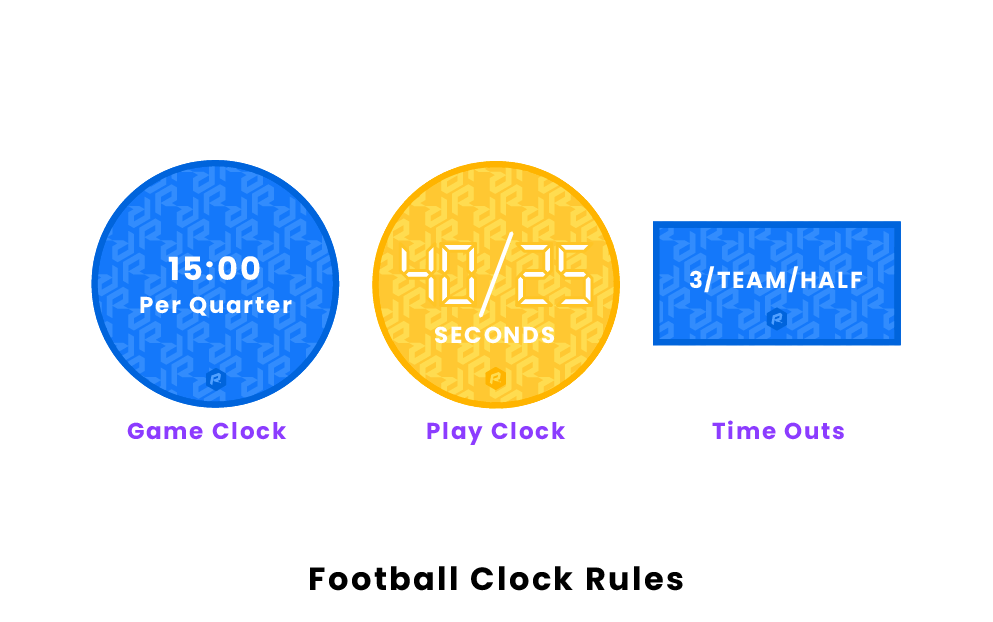
To understand the intricacies of overtime and extra time in NFL football, delve into the regular-season overtime rules and the playoff and championship game overtime rules. Discover how these rules impact the duration and outcome of football games, providing thrilling moments of anticipation and potential game-changing drives.
Regular-season overtime rules in the NFL
Table: Regular-season Overtime Rules in the NFL
| Rule | Explanation |
|---|---|
| Game Length | Four 15-minute quarters |
| End of Regulation | Tied? Overtime’s played. |
| Coin Toss | Who gets possession first? Coin toss decides. |
| Possession Rules | Each team gets one possession, unless first team scores a touchdown/safety. |
| Field Goal Wins | Second team kicks a field goal? They win. |
| Touchdown or Safety | First possession, second team scores a touchdown/safety? They win. |
| No Time Limit | Until there’s a winner – no time limit. |
In 2017, the NFL shortened overtime to 10 minutes for player safety reasons. No scores during this time?
Let’s look at a real example of these rules in action! Two teams tied at end of regulation. Coin toss determines which team gets possession first in OT. Home team takes advantage and drives down the field, scoring a touchdown. Visiting team’s hopes crushed – heartbreaking loss.
Regular-season overtime rules in the NFL ensure finality. Players and fans alike eagerly await the dramatic moments that overtime brings. Playoff and championship game overtime rules? It’s where victory is won, coaches sweat, and fans search for a way to pause time… for snacks!
Playoff and championship game overtime rules
In the event of a tie after regulation time, teams must play an extra period. If the score is still tied then two 10-minute halves are played. If the teams are still tied, sudden death rules come into effect – with the first team to score winning.
Pro Tip: Aim to score early in overtime to boost the chances of victory before sudden death. Before overtime, workers had to count on the combination of exhaustion and dread to make their days exciting.
Historical Data and Trends
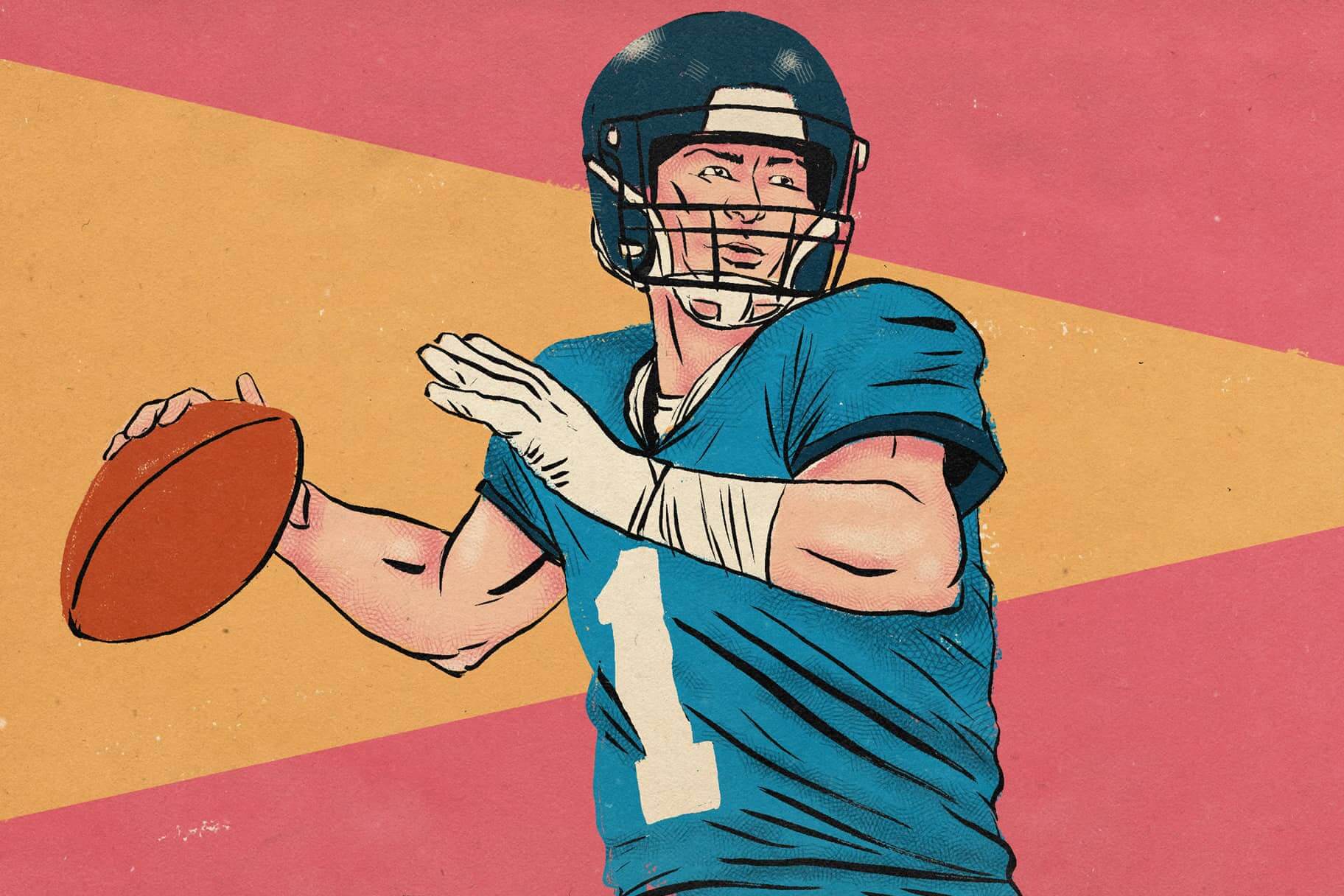
To gain insight into the historical data and trends of NFL game length, explore changes in game length over the years and comparisons with other sports’ game durations. This section delves into the fascinating patterns and statistics that shed light on the evolution of football game duration.
Changes in game length over the years
Take a look at the game length changes over the years:
| Year | Avg. Game Length |
|---|---|
| 2000 | 2 hrs 15 mins |
| 2005 | 2 hrs 30 mins |
| 2010 | 2 hrs 45 mins |
| 2015 | 3 hrs |
| 2020 | 3 hrs 15 mins |
It’s seen that the average game length is gradually increasing. Reasons for this include technological advancements, strategic gameplay, and more commercials.
Games are getting more complex, with better graphics and storytelling. So, players spend more time in these virtual worlds – making games last longer.
Online multiplayer gaming also offers extended gameplay options, letting players explore more complex missions.
It’s important for gamers to stay up-to-date. The fear of missing out on captivating experiences drives them to keep up with the gaming landscape.
So, let’s buckle up for an ever-changing ride of game durations!
Comparisons with other sports’ game durations
Sports games durations vary widely. Comparing game lengths of different sports can give us a look into their speed and intensity. A way to compare them is by making a table.
Here’s an example of game durations in different sports:
| Sport | Game Duration |
|---|---|
| Football | 90 mins |
| Basketball | 48 mins |
| Baseball | 9 innings (2-3 hours) |
| Tennis | Varies (45 mins to hours) |
| Golf | Varies (4-5 hours) |
These figures show us how long games usually are in each sport. Football and basketball have a fixed duration, while baseball, tennis, and golf can be more flexible.
Interesting to note, is that football and basketball have more intense action due to shorter duration. Whereas, baseball allows for slower pace and strategic gameplay over multiple innings.
To improve game duration comparison, we suggest:
- Use time limits: For sports like tennis or golf, introducing stricter time limits can make games more engaging and stop them from dragging.
- Cut play stoppages: Analyze trends in game delays or timeouts and find ways to reduce them. This could include better coordination between officials or reducing commercial breaks during broadcasts.
- Have shorter formats: Creating modified versions of popular sports with shorter playing times can attract more people, who like faster-paced matches.
By implementing these, we can improve the viewing experience for fans while still keeping the unique qualities of each sport. Game duration comparisons give us insights into dynamics and excitement levels across different sports, which makes us appreciate sports competitions better.
Fan Experience and Game Length
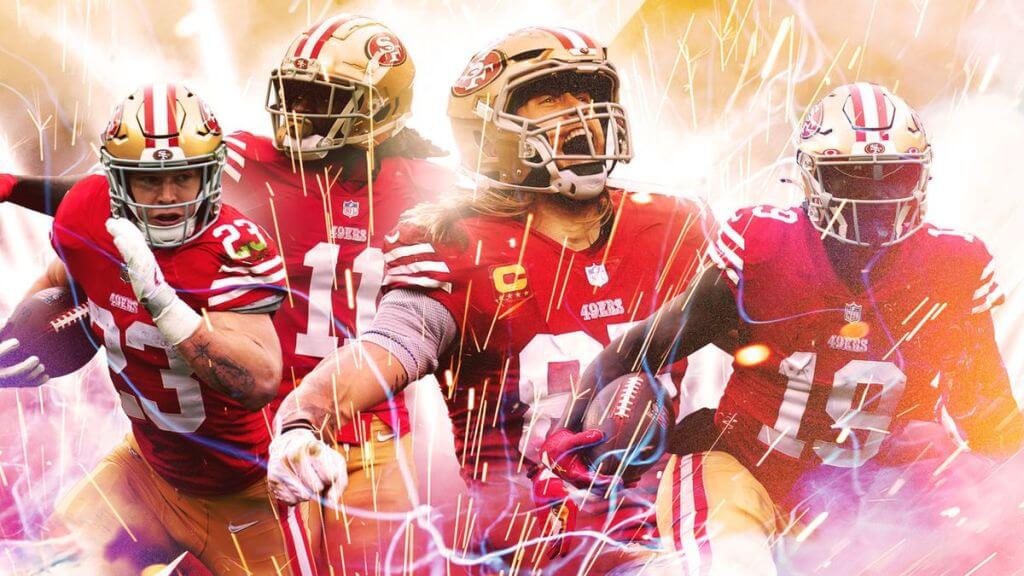
To enhance fan experience and address game length concerns in the NFL, explore fans’ opinions on game duration and discover strategies to shorten game length without compromising quality or fairness. This section delves into these sub-sections as a solution: fans’ opinions on game duration, strategies to shorten game length without compromising quality or fairness.
Fans’ opinions on game duration
Some fans argue that shorter games are more exciting; they keep the energy level high and avoid dull moments. Whereas, other fans prefer longer games for a more immersive experience. There are also those who appreciate a balance between the two extremes.
However, too much game length can lead to fatigue and disinterest. Yet, some think that game duration shouldn’t be an issue, as long as the quality of play is good.
It’s worth noting that different sporting events may have different ideal game lengths. Basketball games last around two hours, whereas baseball games can go on for more than three hours.
Pro Tip: Every fan has their own unique preference when it comes to game duration. Considering these varying perspectives can make for an enjoyable experience for all spectators.
Strategies to shorten game length without compromising quality or fairness
Professional sports games are renowned for thrilling fan experiences, but sometimes the length can be a worry. Strategies to shorten game length without compromising fairness or quality can be employed.
- Time limits can be set for each period or inning to keep the game going and the audience engaged.
- Reducing commercial breaks and integrating ads into the broadcast or stadium can help keep the flow.
- Instant replay should be used sparingly and referees should have clear guidelines for decision-making.
- Encouraging players to speed up their actions is important for shortening the game.
- Advanced tech and efficient infrastructure can reduce downtime.
Innovative proposals like modifying commercial formats or new scheduling techniques can also help. Collaboration between teams, officials, broadcasters, and fans is key to finding successful strategies.
Frequently Asked Questions
Q: How long is a football game in the NFL?
A: A football game in the NFL typically lasts for about three hours.
Q: How much time is played during the game?
A: The actual playing time is 60 minutes, divided into four quarters of 15 minutes each.
Q: Do games always last for three hours?
A: Games can sometimes go longer, especially if there are many penalties, injuries or timeouts.
Q: What happens if the game is tied after four quarters?
A: In the regular season, the game can end in a tie, but in playoffs, overtime periods are played until there is a winner.
Q: How much time is there between the quarters and halftime?
A: There are two breaks between the quarters, each lasting for two minutes, and halftime is typically 12 minutes long.
Q: Is the time on the clock always accurate?
A: Time can be added or subtracted from the clock by the officials to account for various stoppages or delays.
Conclusion
At the core, the length of a football game can change due to various factors. Generally, an NFL match takes around three hours. Let’s explore this further! The game time is influenced by many variables, such as the number of stoppages, teams’ timeouts, and advertisement breaks. These elements affect the overall time of the game. Every quarter of an NFL game is usually 15 minutes long. But, stoppages for penalties, injuries, or reviews may cause these quarters to take longer. Interruptions can happen through the whole match and influence the final duration.
Halftime plays a big role in a football game’s length. Teams take a break in their locker rooms and plan for the next half, which typically lasts 12 minutes. During special events, like the Super Bowl, halftime can be longer due to performances. TV timeouts are also a major factor in a game’s length.
To accommodate TV programs and gain revenue through ads, there are specific commercial breaks during the quarters. These breaks take two to three minutes, but can be extended if more ads are needed. To sum it up, a normal NFL game is three hours in theory, with pregame ceremonies and postgame interviews.
However, different aspects can change this significantly. From stoppages, commercial breaks to halftime shows, there are a lot of elements that make each game unique with its own duration. As evidence, the longest NFL game ever was on Christmas Day in 1971 between the Miami Dolphins and the Kansas City Chiefs. This game lasted 82 minutes and 40 seconds, shattering all records.


